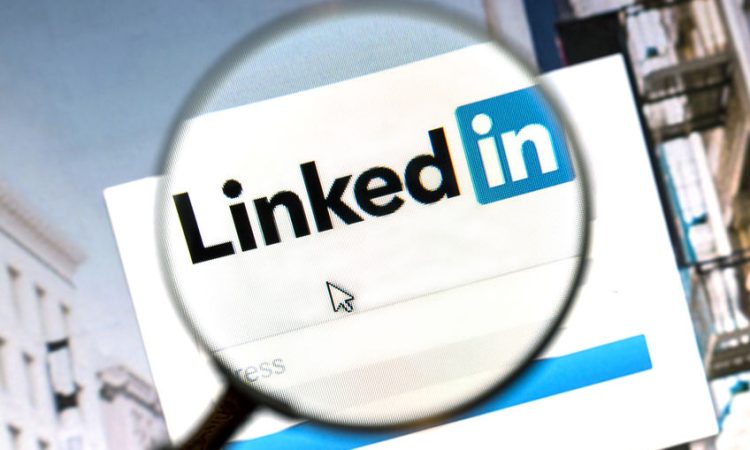Perhaps getting clicks on LinkedIn isn’t the right measure of success. We have to see conversion and leads that it is bringing from these clicks. And these are what makes meaningful leads and actual revenue.
Here’s how to shift focus from vanity metrics and instead work on sales impact.
1. Choose Smart Attribution Windows
Click-through attribution
Credit conversions when someone clicks your ad and subsequently takes a specified action within a particular time frame.
View-through attribution
Credits someone who sees your ad, but doesn’t click right away — now or ever (i.e they convert on another occasion).
It’s super crucial to strike a balance between those. The goal is to arrive at a timescale that accurately represents your buyer’s journey.
2. Keep track of ROI beyond just leads
This is one of the best practices for LinkedIn ads. Impressions and clicks are great for exposure, but actual results come from meaningful leads generated and sales closed. Now, you have to consider the true effectiveness of campaigns. For that, you’ve got to go past sheer lead volume.
MQLs (Marketing Qualified Leads)
Are you drawing in those people who meet your potential criteria?
SQLs (Sales Qualified Leads)
These are the leads your sales reps have decided are ready to call directly.
Finalized Deals
The final stage of the buyer journey that result in revenue
3. Look at Lead Velocity Too
All leads are not created equal — and they don’t all move at the same rate. “Lead velocity” is how fast someone moves from their first exposure to your ad, through interest, to become a qualified opportunity or customer.
Greater velocity often also means that your messaging hits home. It might also mean that your offers are relevant and your follow-up is perfectly timed.
4. Find and Fix Funnel Leakages
Even the most brilliant ad in the world can fall flat if at some point along the funnel, we are losing leads before they convert. We need to understand where those drop offs are occurring.
Ask questions like:
-Are visitors following your link but bouncing off the page without submitting the form?
-Are the sales people finding it difficult to convert SQLs into real opportunities?
-Are there members who are stalled at either pricing or contract negotiation?
5. Connect the dots: Data, sales and optimization
It’s not sufficient to just campaign and hope for the best. There’s no way for advertising on LinkedIn to actually function as a sales engine if you do not have ongoing feedback loop between your marketing metrics and sales results.
This includes:
-Transparent Attribution Models
-Connect Spend to Business Results
-Continuous Review & Testing
Conclusion
Clicks are barely the tip of the funnel as they signal concern, not always an intent. If you want your LinkedIn ads to do more than drive traffic, then simply dig deeper. You can use these best practices for LinkedIn ads for better performance.
FAQs
How to compare LinkedIn ads vs. social ads?
LinkedIn ads position your products or services in front of business experts or professionals dedicated to a specific field, profession, or skill set, so LinkedIn ads are perfect for B2B marketing outreach.
What is the importance of lead velocity in LinkedIn ads?
Lead velocity measures the pace at which prospects move over your funnel stages; the quicker the funnel rate, the more vigorously your sales prospects develop.

DigiTechnoPost is a top-rated technology and digital transformation blog where we cover the insightful article about the technology, blogging, WordPress, digital transformation, and digital marketing. We can assist you to digitize your business by providing the best digital transformation tips. You may follow us on Twitter and Facebook.

